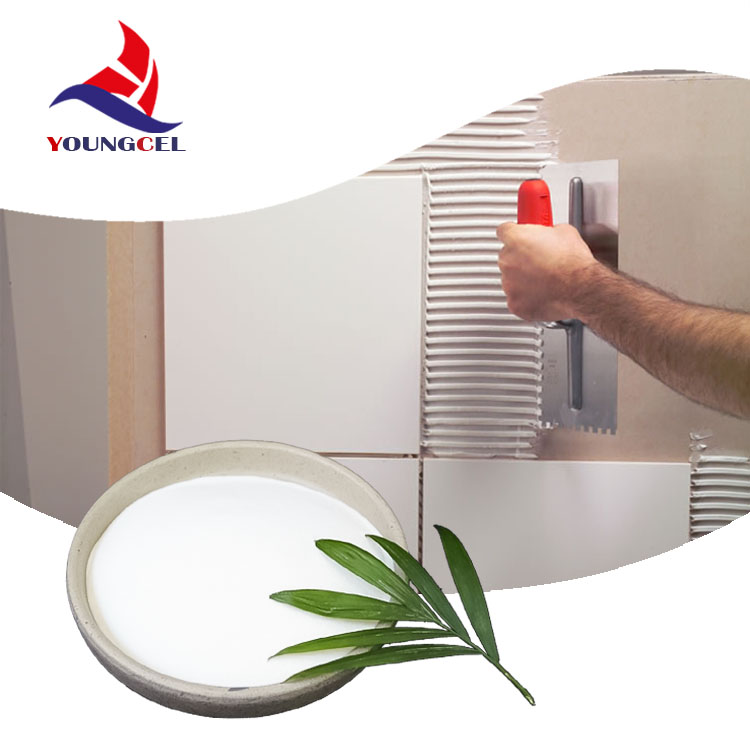Redispersible Polymer Powder (RDP) Revolutionizing Construction Materials
In the realm of construction and building materials, innovation plays a crucial role in developing products that enhance performance, durability, and sustainability. One such innovation that has gained significant traction in recent years is Redispersible Polymer Powder (RDP). RDP is a versatile additive used in various applications, including tile adhesives, plaster, and mortars, providing improved workability, flexibility, and adhesion.
RDP is essentially a powdered form of polymer that can be re-dispersed in water to form an emulsion. The polymers used in RDPs are typically based on vinyl acetate, ethylene, or other copolymers. When mixed with cement-based formulations, RDP enhances the overall properties of the mixture, making it a preferred choice among manufacturers and contractors.
Redispersible Polymer Powder (RDP) Revolutionizing Construction Materials
Moreover, RDP enhances the adhesion of tile adhesives and other bonding agents. The improved adhesion ensures that tiles and slabs remain securely in place, reducing the risk of delamination and failure over time. This property is vital in both residential and commercial applications where aesthetic appeal and structural integrity are paramount.
rdp powder redispersible polymer

In addition to mechanical improvements, RDP contributes to the workability of construction mixtures. When added to cement, it allows for easier application, spreading, and leveling. This is especially beneficial in projects that require precision and efficiency, as it reduces the time and labor needed to achieve a quality finish. The user-friendly nature of RDP-containing mixtures is a significant advantage for contractors, helping them meet tight deadlines and stay within budget.
Another critical aspect of RDP is its role in enhancing the durability of construction materials. RDP improves the water resistance of the formulations, reducing the permeability of the final product. This property is particularly advantageous in applications exposed to moisture, such as exterior wall coatings and tile applications in wet areas. By minimizing water infiltration, RDP helps in preventing issues such as mold growth and deterioration of the substrate, leading to longer-lasting structures.
Furthermore, the use of RDP aligns with the growing emphasis on sustainability within the construction industry. As RDP can improve the efficiency of building materials, it often leads to lower overall material consumption and reduced waste. Additionally, many manufacturers are now producing RDPs that are environmentally friendly, further supporting sustainable building practices.
However, it is crucial to note that the effectiveness of RDP can vary based on its formulation and the specific requirements of the application. Therefore, it is essential for manufacturers and contractors to select the appropriate RDP for their particular needs. Conducting trials and evaluating the compatibility of the RDP with existing materials can lead to better performance and optimized results.
In conclusion, Redispersible Polymer Powder is a game-changer in the construction materials industry. Its ability to enhance mechanical properties, improve workability, increase adhesion, and promote durability makes it an invaluable additive for various applications. As the construction industry continues to evolve, the adoption of innovative solutions like RDP will be crucial in meeting the challenges of modern building practices, ensuring structures that are not only functional but also resilient and sustainable.
-
Premium Detergent Grade HPMC Hydroxypropyl Methylcellulose: Superior Thickening & StabilityNewsAug.31,2025
-
HEC 100000 Hydroxyethylcellulose for Paint | Superior ThickeningNewsAug.30,2025
-
Wall Putty Rdp Powder Packaging DesignNewsAug.29,2025
-
Introduction to Hpmc Hydroxypropyl Methyl CellulosNewsAug.29,2025
-
Hpmc Industri Grade IntegrationNewsAug.29,2025
-
How to Choose the Right Construction AdhesiveNewsAug.29,2025




